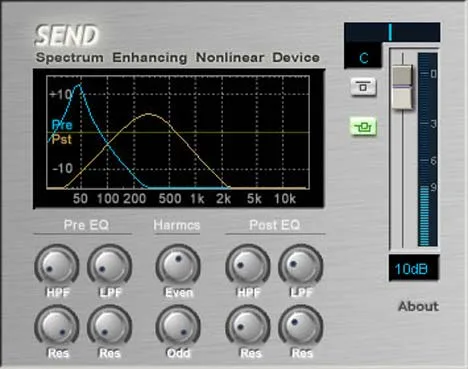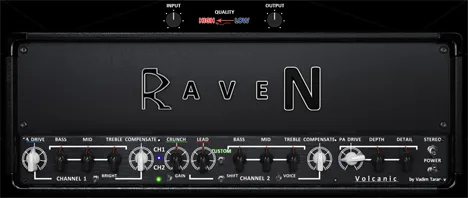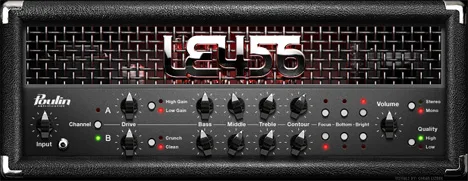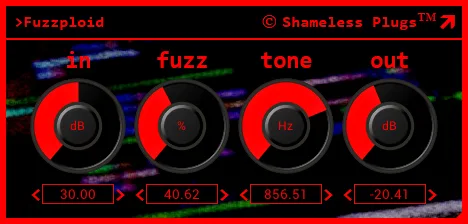SEND – Your Secret Ingredient for Spectral Enrichment
In the world of music production, sound quality is determined not only by the recorded notes or the virtuosity of performance, but also by its character, richness, and how “alive” it sounds in the overall mix. Specialized plugins often help achieve this, allowing you to shape timbre and add desired harmonic nuances. One such powerful tool is the SEND plugin from renowned developer Jeroen Breebaart. SEND, which stands for Spectrum Enhancing Non-linear Device, is not just an effects processor, but a true “spectral laboratory” in your hands, designed to give your tracks a unique, rich, and professional sound.
What is SEND and how does it work?
At the heart of SEND’s philosophy lies the idea of controlled enrichment of the sound spectrum by combining classic filtering instruments with non-linear harmonic generation processes. This allows you to go beyond simple equalization or dynamic processing and give sound volume, warmth, and character, which is often associated with analog equipment.
The plugin combines two key elements:
- Resonant Filters (Low and High Frequency): These filters allow you to precisely “cut” or “enhance” certain frequency ranges, shaping the overall tonal balance of the signal. The ability to adjust resonance adds flexibility, allowing you to create both soft and more aggressive filtering effects. The filters work synergistically with non-linear elements, determining which part of the spectrum will be subjected to harmonic saturation.
- Non-linear Elements and Harmonic Generation: This is the heart of SEND. These elements are specially designed for non-linear transformation of the input signal, which leads to the generation of additional harmonics – integer multiples of the fundamental frequency. SEND allows you to generate both even and odd harmonics.
Even and Odd Harmonics: What’s the difference?
Understanding the difference between even and odd harmonics is key to using SEND effectively:
- Even Harmonics (2nd, 4th, 6th, etc.): Usually add warmth, richness, and “fatness” to the sound. They are less noticeable to the ear as individual tones and create an effect of pleasant density and volume, similar to the sound of tube devices. This can make the sound more “friendly” and voluminous in the mix.
- Odd Harmonics (3rd, 5th, 7th, etc.): Give the sound more presence, brightness, and “edge.” They are more noticeable and can add a sense of aggression, punch, or specific “transistor” coloring. Odd harmonics help the instrument “cut” through the mix.
SEND allows you to control the balance between the generation of even and odd harmonics, giving you the ability to fine-tune the saturation character according to your creative needs.
Practical Application of SEND
Thanks to its unique functionality, SEND can be extremely useful in a wide range of musical genres and for processing various instruments:
- For Synthesizers: Add analog warmth and richness to digital synthesizers, make them more voluminous and expressive.
- For Vocals: Give vocal parts warmth, presence, and “air,” help them sit better in the mix without excessive volume levels.
- For Drums: Enrich the kick drum and snare drum with harmonics to add “punch” and density, make the cymbals brighter and more sparkling.
- For Bass Guitar: Add harmonic complexity to the bass for better audibility at low volumes and a feeling of “fatness.”
- For General Mix: Use SEND carefully on the master bus for light harmonic saturation, which can “glue” the elements of the mix together and give it a professional shine.
Conclusion
SEND from Jeroen Breebaart is a versatile tool for spectral enrichment that goes beyond standard processing. Combining precise frequency range shaping with resonant filters with flexible generation of even and odd harmonics, it gives you powerful control over the sound character of your audio materials. Whether you need analog warmth, tube compression, transistor “edge” or just want to make the sound more rich and interesting – SEND offers an effective solution. This is a tool that can become an indispensable assistant in your creative process, adding depth, volume, and unique character to your musical works.



